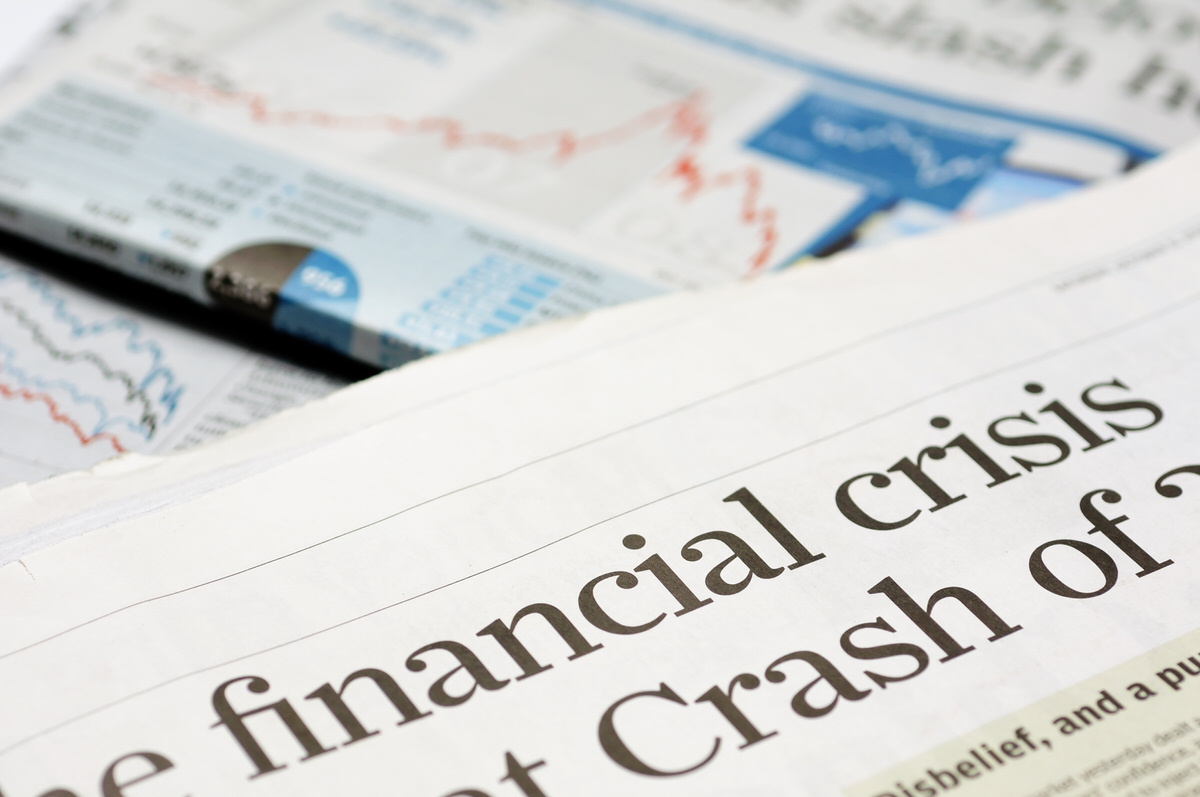by Liz Ann Sonders, Chief Investment Strategist, and Kevin Gordon, Charles Schwab & Company Ltd.
Over the past 70 years, rising government debt generally has been accompanied by weaker economic activity. But it's not a simple relationship.
In other words, one argument holds that a high and rising burden of debt crimps economic growth due to the "crowding-out" effect (that is, servicing the debt crowds out more productive spending and/or investments). A competing argument is that economic growth generally has been slowing over the past several decades—driven by demographics, globalization/competition, technology/innovation, and low inflation—which has led to increased government spending to try to boost growth, thereby increasing the deficit and, in turn, debt levels. The chart below represents the broadest measure of government debt, including federal government debt, state and local debt, and government-sponsored enterprise (GSE) debt (e.g., Fannie Mae and Freddie Mac). Courtesy of the strength of the economic rebound coming out of the lockdown phase of the pandemic—at the federal, state and local levels—government debt as a percentage of gross domestic product (GDP) has moved lower, which is good news (at least in relative terms).
Gov't debt high, but falling

Annualized Gain (12/31/1951-12/31/2022)
- Source
Is rising debt inflationary?
Debt vs. inflation

Source: Charles Schwab, Bloomberg, as of 12/31/2022
Interest payments low for now
![Net interest payments as a percentage of nominal GDP were about 1.2% in 1965, rose above 3% in the 1990s, then dropped below 1.5% in the early 2000s.]](https://www.schwab.com/learn/sites/g/files/eyrktu1246/files/Debt_D_Net%20Interest%20Payments_0.png)
Source: Charles Schwab, CBO (Congressional Budget Office): The Budget and Economic Outlook: 2023 to 2033 (2/15/2023).
Interest payments' high growth
![Net interest payments are expected to grow by 123% by the year 2033. By contrast, government spending on social security is expected to grow by 76%, on health care by 78%, on defense by 38%, on non-discretionary defense by 35%, and other mandatory spending is expected to drop by 60%.]](https://www.schwab.com/learn/sites/g/files/eyrktu1246/files/Debt_E_Govt%20Spending_0.png)
Source: Charles Schwab, CBO (Congressional Budget Office): The Budget and Economic Outlook: 2023 to 2033 (2/15/2023).
More debt is unlikely to generate greater economic growth
Another way is for the government to reduce spending and/or increase taxes. Thanks to the removal of much of the pandemic-related direct fiscal stimulus, and the beneficial impact on tax receipts courtesy of the strong economic recovery coming out of the lockdowns, both are working in favor of bringing down the rate of debt growth. Finally, the government can also try to boost growth and inflation, such that the denominator (GDP) is growing faster than the numerator (debt). That was exactly what happened in the late 1940s, just after WWII. Today, however, inflation is growing much faster than the economy, as well as faster than wage and income growth.
What we do know now is that as the debt ratio was soaring, each additional dollar of debt lead to significantly less than a dollar's worth of economic growth. This is referred to as the "credit multiplier" or "money multiplier." More debt is unlikely to generate greater economic growth, other than perhaps for a short span of time. As noted earlier, the weight of debt also represents a weight on economic growth. For all the cheering of the June 2009 to February 2020 expansion being the longest on record, it was also the weakest on record, as shown below.
Prior post-WWII economic expansion long, but weak

Source: Charles Schwab, Bloomberg, Bureau of Economic Analysis, as of 12/31/2022.
A key to durable economic growth likely will require a continued move down in government debt ratios, which could trigger an expansion in the aforementioned credit multiplier.
Copyright © Charles Schwab & Company Ltd.












